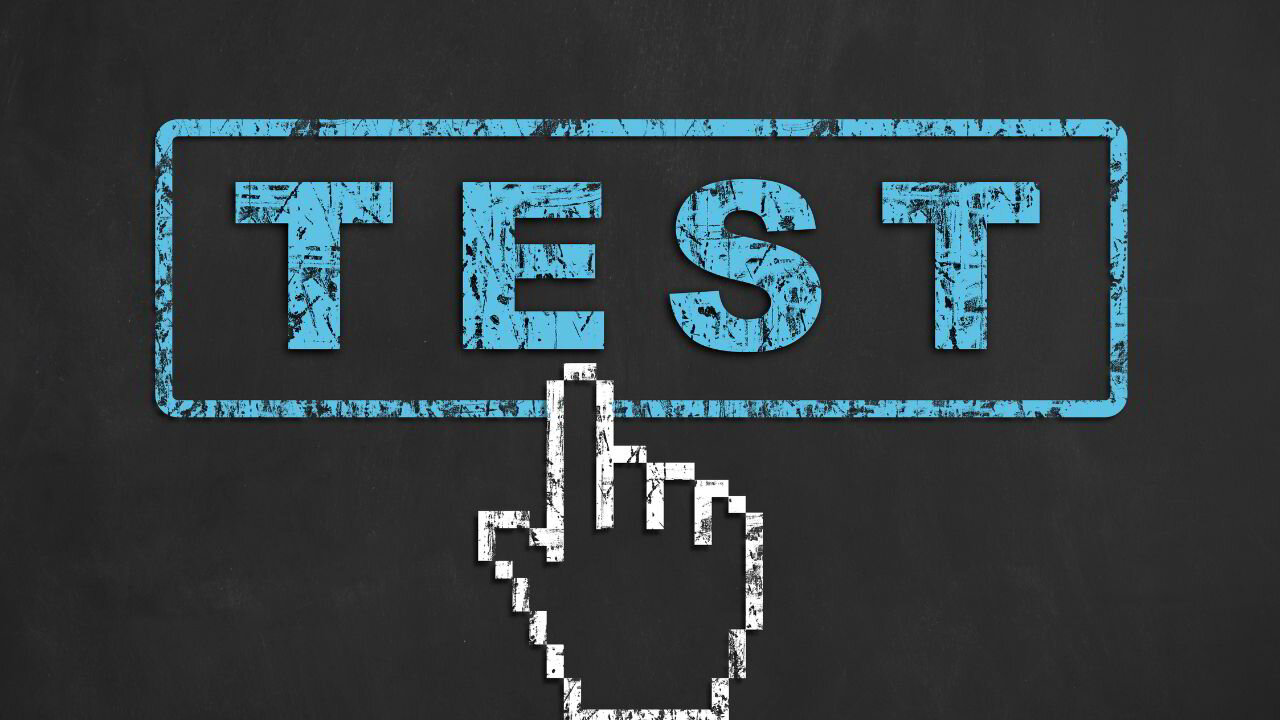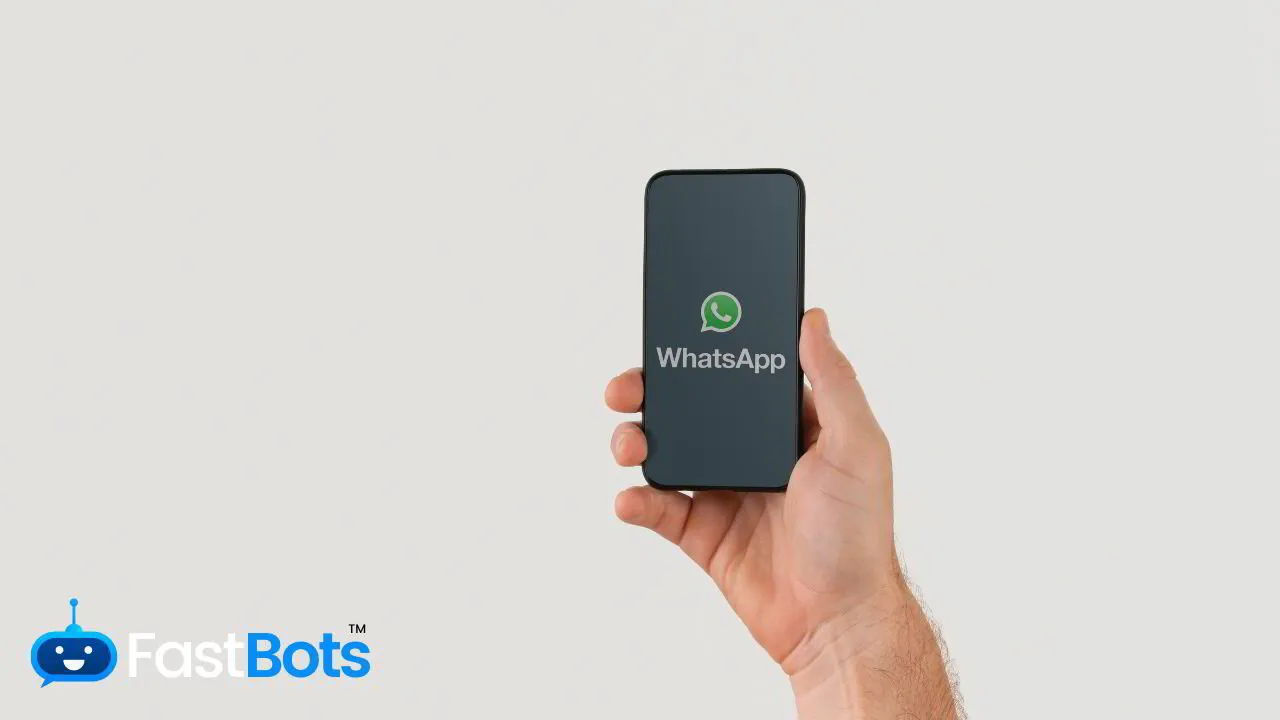As businesses rapidly adapt to the digital landscape, harnessing the power of AI chatbots has become a game-changer, especially in customer service and management. WhatsApp, being one of the most popular messaging platforms globally, presents an incredible opportunity for businesses looking to leverage AI bots to engage with customers, improve communication, and optimise business operations. This article will serve as your comprehensive guide to integrating an AI chatbot with WhatsApp, enabling you to take full advantage of this powerful combination.
To begin, it is essential to understand the prerequisites of integrating an AI bot on WhatsApp and the importance of selecting the most suitable development platform for your needs. By choosing the right platform and meeting the necessary requirements, you will be better prepared to navigate the process smoothly and effectively.
Throughout this guide, we will delve into the specifics of API integration and setting up your AI chatbot on WhatsApp. By following these steps, you will soon have a seamlessly integrated AI bot that elevates your business's success in the digital world.
Understanding AI bots for WhatsApp
Integrating AI bots on WhatsApp can provide numerous benefits to businesses and users alike. In this section, we will explore the advantages of AI integration on WhatsApp and the different types of AI bots available.
Benefits of AI Integration on WhatsApp
- Improved Customer Service: AI chatbots can handle customer queries 24/7, ensuring prompt and efficient responses at any time.
- Cost Savings: Bots can reduce the need for additional customer service staff, resulting in significant cost savings for businesses.
- Data Analysis: AI bots can collect and analyse valuable user data, providing businesses with useful insights for decision-making and strategy development.
Different types of AI bots
There are various types of AI bots available for integration with WhatsApp, each with unique capabilities:
1. Rule-based Bots: These AI bots follow a set of predefined rules to respond to specific user inputs. They can handle basic conversations and are suitable for businesses that need straightforward and predictable interactions.
2. NLP-based Bots: Natural language processing (NLP)-based bots are more advanced, understanding user inputs through context and language patterns. This allows them to handle more complex conversations and offer personalised responses.
3. Machine Learning Bots: These AI bots use machine learning algorithms to adapt and improve their responses over time. As they interact with users, they learn from the data and continuously refine their conversational abilities.
To choose the right AI bot for your WhatsApp integration, consider your specific needs and the level of complexity required in your interactions.
BUILD YOUR OWN WHATSAPP AI CHATBOT
In less than 5 minutes, you could have an AI chatbot fully trained on your business data assisting your Website visitors.
Setting up the WhatsApp Business API
Prerequisites for WhatsApp API Access
Before integrating an AI bot on WhatsApp, you need to meet a few requirements:
1. WhatsApp Business Account: You must have an active WhatsApp Business Account associated with a verified phone number.
2. Technical expertise: Knowledge in a programming language compatible with the AI framework you plan to use (Python, JavaScript, Java, etc.) is essential for developing your chatbot.
3. Server Infrastructure: Set up a secure server infrastructure for hosting your chatbot, which must have an SSL certificate installed and comply with WhatsApp's security requirements.
4. Third-Party Services: In some cases, you might need to partner with one of the official WhatsApp Business API partners to set up your API access.
Process of API Account Creation
Once you have met the prerequisites, follow these steps to create your WhatsApp Business API account:
1. Request Access: Go to the Facebook Developer's WhatsApp API Console and click on Get Started to initiate the process.
2. Create an App: You'll be directed to the App Dashboard, where you can create a new app by clicking on the Create App button, selecting the app type as WhatsApp, and filling out the required information.
3. Configure Your App: After creating the app, click on WhatsApp in the left-side menu to set up your API access. Fill in your base URL, phone number, and business display name. Ensure that your server is configured correctly, meets all security standards, and has an SSL certificate.
4. Verify Your Number: WhatsApp will send a verification code via SMS to the registered business phone number. Enter the code to verify your number and start using the API.
5. Test Your Account: Use the Test Account feature on the Facebook Developer's WhatsApp API Console to ensure that your API and chatbot are working correctly before moving to production.
By following these steps, you'll successfully set up the WhatsApp Business API and be ready to integrate your AI bot on WhatsApp.
Developing the AI Bot
Selecting the Right AI Platform
When you embark on the journey of integrating an AI bot on WhatsApp, the first crucial step is selecting the appropriate AI platform. Several platforms are available for developing chatbots on WhatsApp, such as Dialogflow, IBM Watson, and custom solutions by AI providers like OpenAI. Which one you choose will depend on your requirements, preferred programming language, and the level of customisation needed. Python, JavaScript, and Java are popular choices for compatible programming languages.
Designing conversation flows
After selecting your preferred AI platform, the next step is to design effective conversation flows for your WhatsApp AI bot. A well-designed conversation flow helps ensure a seamless, engaging experience for your users. Consider the following when designing conversation flows:
1. Intents: Define the user intents your chatbot will need to understand and map out conversation paths for each intent.
2. Entities: Identify the essential information (entities) you want your chatbot to extract from user messages.
3. Context: Consider how context can be used to maintain the flow of conversation and avoid repeating questions or losing track of the conversation.
You can leverage tools like flowcharts or diagrams to visualise and iterate on your conversation flows.
Training the AI Bot with Machine Learning
Once you have designed the conversation flows, the next important step is to train your AI bot using machine learning techniques. This training can improve the chatbot's understanding and interpretation of user messages.
- Data Collection: Gather a dataset of sample user messages and conversations for each intent you have defined. This dataset will be used to teach your AI bot to recognise different intents.
- Preprocessing: Clean, tokenise, and preprocess the data to ensure the AI bot can efficiently learn from it.
- Model Training: Train your AI bot using machine learning algorithms, adjusting model parameters as needed to optimise performance.
With these steps complete, your AI bot is equipped to understand and respond effectively to user interactions on WhatsApp. Remember to continuously reassess and improve the AI bot's performance by monitoring user interactions and making necessary adjustments to conversation flows or model training.
Integrating the AI Bot with WhatsApp
Integration techniques and tools
To integrate an AI bot with WhatsApp, follow these steps:
1. Choose a programming language. Select a language compatible with your desired AI framework, such as Python, JavaScript, or Java.
2. Identify the chatbot platform. Opt for a chatbot development platform like Dialogflow, IBM Watson, or custom solutions developed by AI providers such as OpenAI.
3. Meet the prerequisites: Ensure to satisfy all necessary requirements for deploying a chatbot on WhatsApp, including technical and policy-based prerequisites.
4. Integrate with a messaging API: Utilise tools like Twilio's WhatsApp Messaging API, a renowned example, for smooth integration.
Remember to keep the AI bot's performance in mind, focusing on natural language processing (NLP), machine learning, and response accuracy.
Handling Messaging Webhooks
Properly manage incoming and outgoing messages between your AI bot and WhatsApp users by implementing the following:
- Set up webhooks: Webhooks allow you to receive updates on events such as incoming messages from users. Configure your server and specify a webhook URL to receive these updates.
- Process and respond: Extract relevant information from incoming messages and formulate a suitable response using your AI chatbot framework. Ensure you deliver the response according to WhatsApp's Business API format.
- Handling multimedia: Be prepared to manage and respond to multimedia messages (e.g., images, videos, and audio) for a comprehensive user experience.
By following the above approaches, you'll be on your way to establishing seamless AI bot integration with WhatsApp, enhancing user engagement, and leveraging powerful AI capabilities for improved customer interaction.

Testing and Deployment
Bot testing strategies
Before deploying your AI bot on WhatsApp, it's essential to test its performance. Here are some testing strategies:
1. Unit testing: Test individual components of your bot, such as intent recognition and responses, to ensure they work as expected.
2. Integration testing: Verify that your bot integrates seamlessly with WhatsApp and the chosen chatbot platform.
3. Functional testing: Examine the bot's functionality, including correct message handling, error management, and overall performance.
Deploying the AI Bot Live
Once your AI bot has been thoroughly tested, follow these steps to deploy it live on WhatsApp:
1. Register for a WhatsApp Business Account: If you haven't already, sign up for a WhatsApp Business Account and download the app on your device (iOS or Android).
2. Select a chatbot platform: Choose a chatbot development platform that best suits your needs, such as Dialogflow, IBM Watson, or OpenAI.
3. Ensure prerequisites are met: Meet all the requirements for deploying a chatbot on WhatsApp, as specified by your chatbot platform.
4. Submit your bot for approval: Some platforms, such as WhatsApp, require that you submit your bot for approval before it goes live. Follow the guidelines set by the platform to ensure a smooth approval process.
5. Monitor performance and gather user feedback: After your bot is live, monitor its performance, gather user feedback, and continuously improve your AI chatbot for an optimal user experience.
By following these testing and deployment strategies, you can successfully integrate a highly functional AI bot into WhatsApp.
Frequently Asked Questions
What are the steps to deploy a chatbot on WhatsApp?
1. Choose a suitable chatbot development platform, such as Dialogflow, IBM Watson, or custom solutions provided by AI companies like OpenAI.
2. Ensure you meet the prerequisites for deploying a chatbot on WhatsApp, including selecting a chatbot API enabled by conversational AI and compatible with WhatsApp.
3. Design and build your chatbot using the chosen platform and tools.
4. Obtain the required WhatsApp API for integration.
5. Assign a phone number to your WhatsApp chatbot.
Can you integrate AI-based bots with WhatsApp, and how?
What are some examples of effective WhatsApp bots?
How do you obtain a WhatsApp chatbot API for integration?
What is the process of assigning a phone number to a WhatsApp chatbot?
1. Acquire a phone number through a provider authorised by WhatsApp for API usage.
2. Verify the phone number using the verification code sent by the provider.
3. Register the phone number as your chatbot's number in your chatbot development platform.
4. Configure the phone number in your WhatsApp API settings to link it with your chatbot.
Are there any free chatbot services compatible with WhatsApp?
BUILD YOUR OWN WHATSAPP AI CHATBOT
In less than 5 minutes, you could have an AI chatbot fully trained on your business data assisting your Website visitors.


